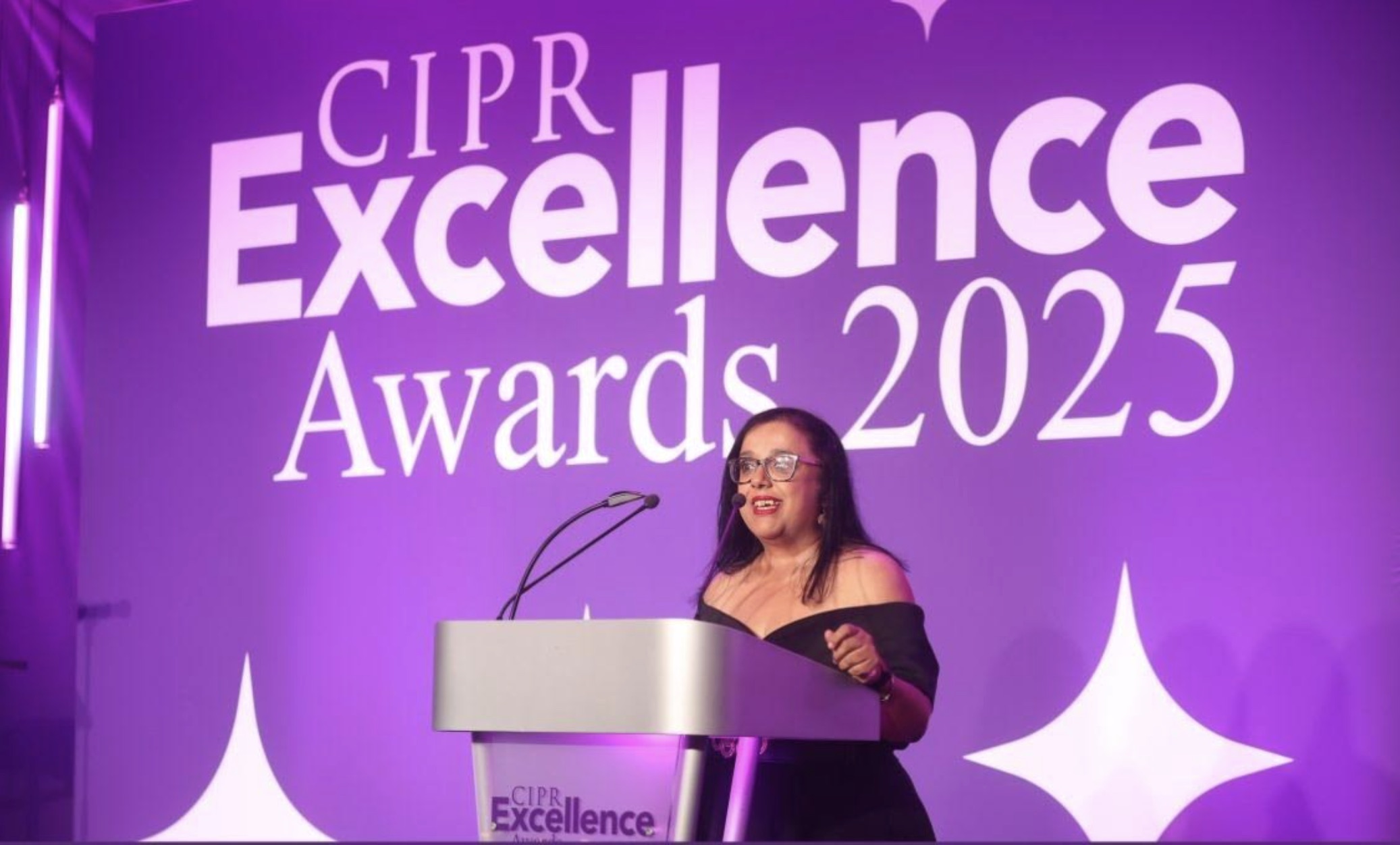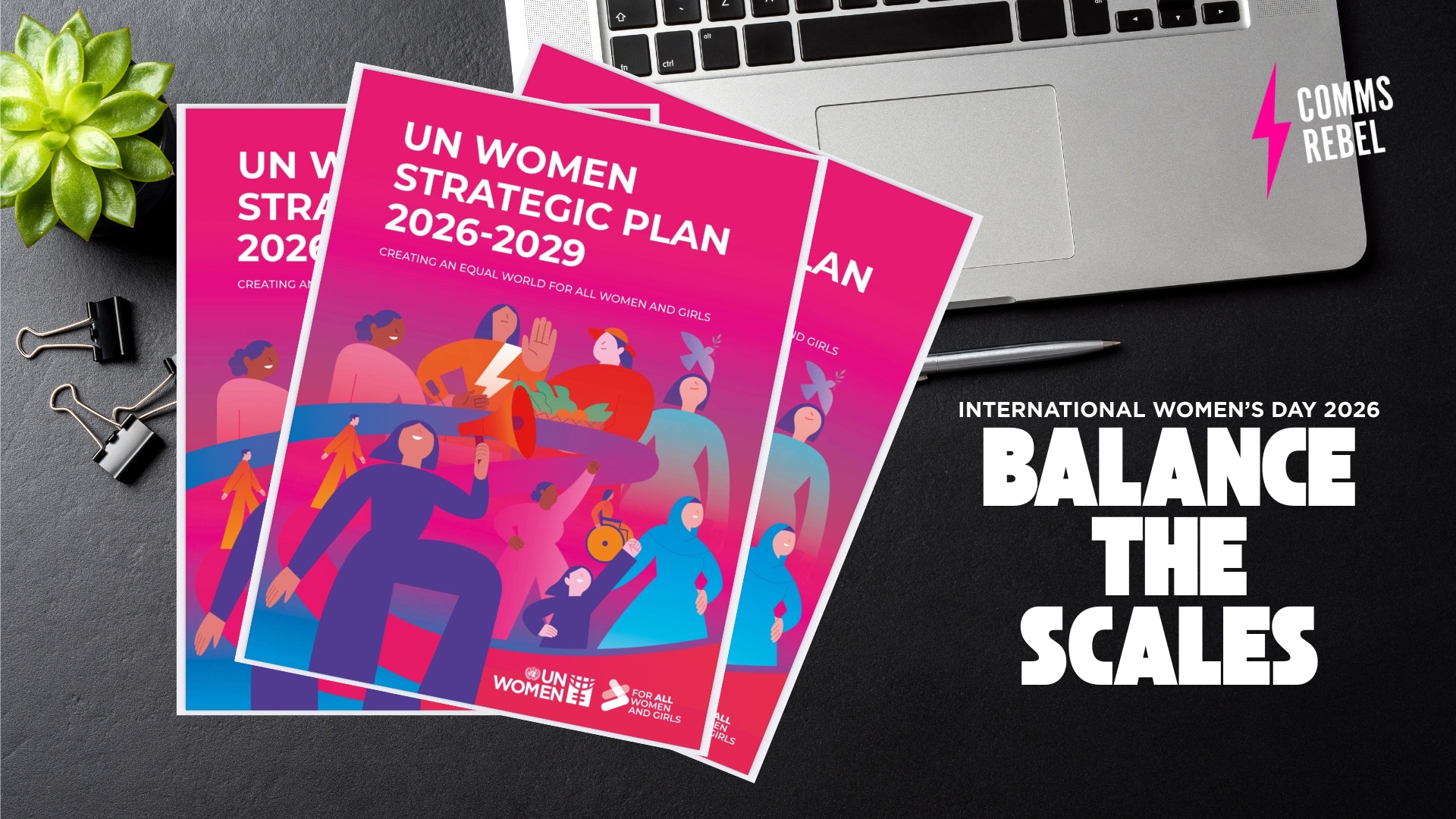When I first considered applying for the Chartered Institute of Public Relations (CIPR) Presidency, I was both excited and curious about what the role would involve. Like many members, I had my own assumptions – about influence, time commitment, and what the day-to-day might look like.
I’ve been asked a few questions about the Chartered Institute of Public Relations Presidency role, and with the applications closing at the end of September, I thought it’d be helpful to share what’s involved.
I’m not one to sugarcoat things, so I will always speak honestly about what’s involved. My experience has been very different from what I expected. And that’s mainly due to the governance changes that have taken place.
As I am the first President to undertake the role under the new structure, I spent the early months navigating and understanding new roles/responsibilities.
Insights from my year as CIPR President
◾️The President’s role is now much more focused on membership and member needs, so our main responsibility is to listen to members, work with Council and Group Chairs, the standing committees and support the Board in delivering against the five-year strategy.
◾️A key part of the President’s role is updating members on what’s happening inside HQ. I decided to do a President Live session once a month with four President drop-ins a year. Each President can choose their preferred channel.
◾️You need to dedicate at least a day a week to the role. You will need to participate in quite a few papers, updates, and conversations. Some weeks are busier, some are quieter, but it averages out overall.
◾️As President, you get to determine what key areas you want to focus on for your year, but they must align with the five-year strategy. I chose inclusion and Chartership.
◾️A part of your role will involve working with the events team on the annual conference. The President chooses the theme and works closely with Catherine Morgan-Garrod on speakers.
◾️You play a part in the annual Excellence Awards, where you’ll be asked to give a speech and present awards. So you must be comfortable (to some extent) with public speaking.
◾️You’re the main spokesperson for key issues involving the industry or membership. Depending on the topic, you usually determine which vice President (current, future or past) is best qualified to take the lead.
◾️ Being chartered is a mandatory requirement. To support a professional institute at this level, you must lead by example.
◾️ Excellent relationship management skills are essential. You’ll be working with a wide range of personalities, each bringing their own energy and perspective.
◾️Travel is part of the role. There will be visits to member offices or events, often in London. For me, based in Manchester, that can mean a full day out of the diary.
If you’re considering applying, ask yourself:
- Do I have the time and energy to give to this?
- Am I passionate about member experience and the strategic direction of our profession?
- Can I balance representing members while also driving meaningful change?
If you are thinking about applying, go in with open eyes, clear priorities, and a genuine desire to serve. The rest, you’ll learn along the way.
More information on applying is available on the CIPR website (applications close 30 September 2025).
P.S. Have you read one of my most popular blogs – navigating connection in a lonely world? We share 5 powerful takeaways that challenge us to rethink how we navigate connection, focus and leadership.
We help you build more confident workplaces through effective internal communications so people and organisations thrive. Get in touch for a free discovery call.


